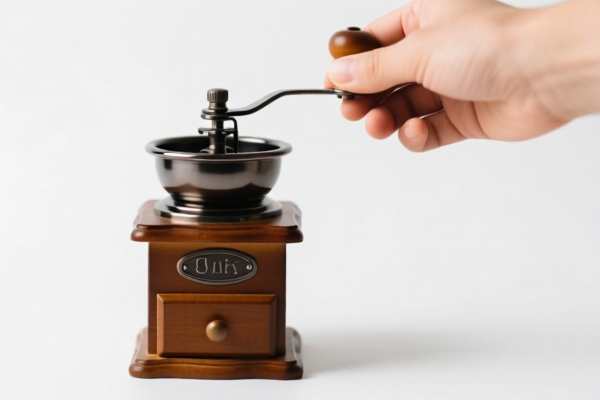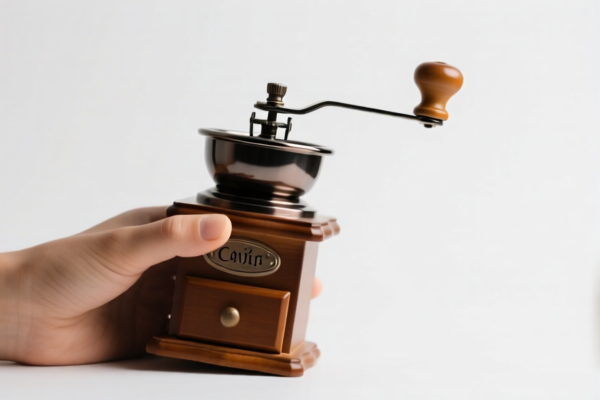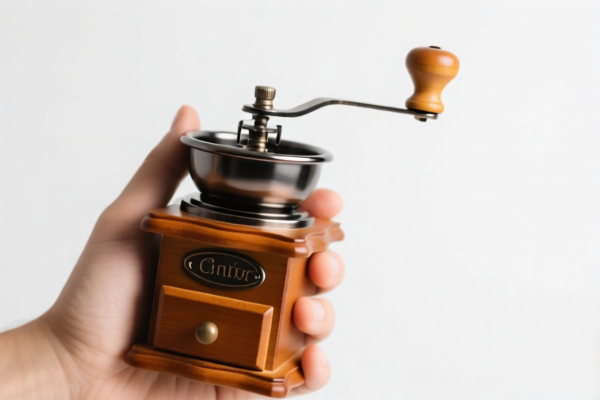| HS Code | Official Doc | Tariff Rate | Origin | Destination | Effective Date |
|---|---|---|---|---|---|
| 8467111040 | Doc | 59.5% | CN | US | 2025-05-12 |
| 8467290010 | Doc | 37.5% | CN | US | 2025-05-12 |
| 8460904060 | Doc | 59.4% | CN | US | 2025-05-12 |
| 8460908080 | Doc | 59.4% | CN | US | 2025-05-12 |
| 8461405020 | Doc | 59.4% | CN | US | 2025-05-12 |
| 8461508090 | Doc | 59.4% | CN | US | 2025-05-12 |
| 8205100000 | Doc | 61.2% | CN | US | 2025-05-12 |
| 8205901000 | Doc | 55.0% | CN | US | 2025-05-12 |
| 8206000000 | Doc | The rate of duty applicable to that article in the set subject t+30.0% | CN | US | 2025-05-12 |
| 8210000000 | Doc | 58.7% | CN | US | 2025-05-12 |
| 9620003090 | Doc | The rate applicable to the article of which it is an accessory+30.0% | CN | US | 2025-05-12 |
| 9620005000 | Doc | 60.3% | CN | US | 2025-05-12 |




Hand Grinder
A hand grinder is a manual coffee grinding device utilizing human power to crush roasted coffee beans between two burrs or blades. It is a popular alternative to electric coffee grinders, favored for its portability, control over grind size, and relatively quiet operation.
Materials
Hand grinders are constructed from a variety of materials, each impacting durability, cost, and performance:
- Stainless Steel: Common for both the burrs and the grinder body. Offers good durability and resistance to rust.
- Ceramic Burrs: Known for consistent grinding and minimal heat transfer, preserving coffee flavor. More brittle than steel burrs.
- Carbon Steel Burrs: Provide fast grinding and are relatively inexpensive, but are prone to rust if not properly maintained.
- Aluminum: Frequently used for the grinder body, lightweight and affordable.
- Wood/Acrylic: Often used for aesthetic purposes in the body or handle.
Purpose
The primary purpose of a hand grinder is to reduce whole coffee beans to a consistent particle size suitable for various brewing methods. The grind size significantly impacts the extraction process and final taste of the coffee.
Function
Hand grinders function through a simple mechanical process:
- Bean Hopper: Whole beans are placed into a hopper.
- Burrs/Blades: The beans are fed between two abrasive surfaces – burrs or blades.
- Handle Rotation: The user rotates a handle, causing the burrs/blades to crush the beans.
- Grind Adjustment: A mechanism allows adjustment of the distance between the burrs/blades, controlling the grind size.
- Grounds Collection: Ground coffee is dispensed into a collection chamber.
Usage Scenarios
- Travel: Compact and doesn’t require electricity, making it ideal for camping, backpacking, or business trips.
- Home Brewing (Limited Space): Suitable for individuals with limited kitchen space or those who prefer a quieter grinding experience.
- Precise Grind Control: Allows for fine-tuning of grind size for specific brewing methods (e.g., pour-over, French press, espresso).
- Single-Dose Grinding: Often used for grinding only the amount of coffee needed for each brew, maximizing freshness.
Common Types
- Burr Grinders: The most common and preferred type. Produce a more consistent grind size than blade grinders.
- Conical Burr Grinders: Feature a conical-shaped burr. Generally quieter and produce less heat.
- Flat Burr Grinders: Utilize two flat, parallel burrs. Often faster but can generate more heat.
- Blade Grinders: Less expensive but produce an inconsistent grind size. More suitable for coarser grinds or applications where precision isn’t critical. Operate by chopping the beans with spinning blades.
- Manual Espresso Grinders: Specifically designed for the fine grind required for espresso. Often feature stepless grind adjustment for precise control.
Hand grinders can be categorized based on their power source and application. The following HS codes are potentially relevant, based on the provided information:
- 8467111040: This code covers tools for working in the hand, pneumatic, hydraulic or with self-contained electric or nonelectric motor, and parts thereof; specifically, pneumatic rotary type tools suitable for metal working, including grinders, polishers and sanders. This would apply to hand grinders powered by compressed air and used for metalworking. Tax Details: Basic tariff: 4.5%, Additional tariff: 25.0%, Post 2025.4.2 Additional tariff: 30.0%, Total tariff: 59.5%.
- 8467290010: This code covers tools for working in the hand, with self-contained electric motor; other grinders, polishers and sanders, specifically angle grinders, sanders and polishers. This applies to hand grinders powered by their own electric motor. Tax Details: Basic tariff: 0.0%, Additional tariff: 7.5%, Post 2025.4.2 Additional tariff: 30.0%, Total tariff: 37.5%.
- 8205100000: This code covers handtools (including glass cutters) not elsewhere specified or included; blow torches and similar self-contained torches; vises, clamps and the like, other than accessories for and parts of machine tools or water-jet cutting machines; anvils; portable forges; hand- or pedal-operated grinding wheels with frameworks; base metal parts thereof, specifically drilling, threading or tapping tools, and parts thereof. This could apply to simpler, manually operated hand grinders. Tax Details: Basic tariff: 6.2%, Additional tariff: 25.0%, Post 2025.4.2 Additional tariff: 30.0%, Total tariff: 61.2%.
- 8205901000: This code covers handtools not elsewhere specified or included, including sets of articles of two or more subheadings of this heading; specifically anvils; portable forges; hand- or pedal-operated grinding wheels with frameworks; base metal parts thereof. This could apply to hand grinders sold as part of a tool set. Tax Details: Basic tariff: 0.0%, Additional tariff: 25.0%, Post 2025.4.2 Additional tariff: 30.0%, Total tariff: 55.0%.
It is important to determine the power source (pneumatic, electric, or manual) and primary application of the hand grinder to select the most accurate HS code.
Customer Reviews
No reviews yet.